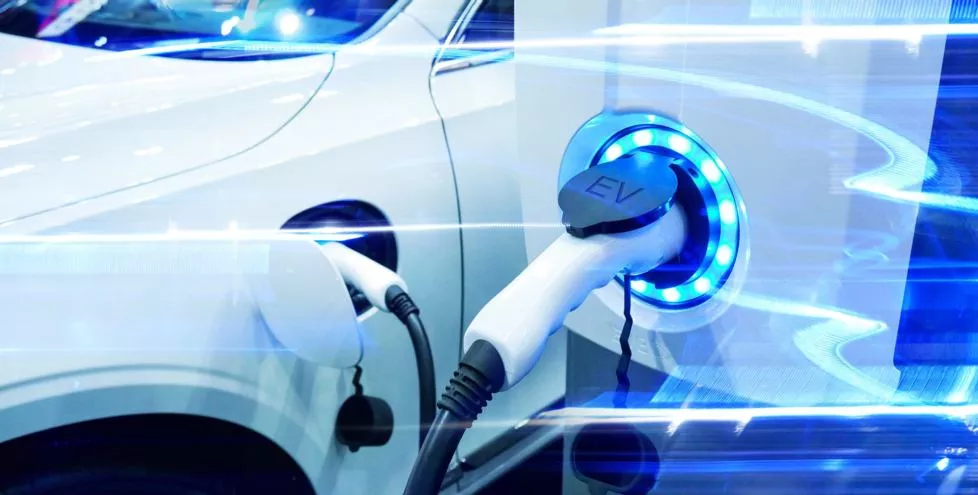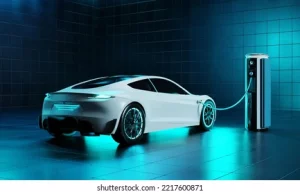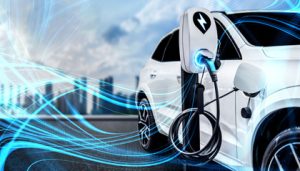- 28 December 2023
- 353
Hybrid Cars: The Convergence of Gasoline and Electric Technologies

Introduction
In the rapidly evolving landscape of automotive technology, the emergence of hybrid vehicles has sparked a significant shift in the way we perceive and utilize energy in transportation. These innovative machines bridge the gap between traditional gasoline-powered cars and the rising prominence of electric vehicles (EVs), offering a compelling compromise that combines the best of both worlds.
The Essence of Hybrid Technology
At its core, a hybrid vehicle operates on a dual power system, integrating an internal combustion engine (ICE) with an electric motor. This combination allows for enhanced efficiency and reduced environmental impact compared to conventional gasoline cars.
Understanding Hybrid Variants
Parallel Hybrids
In these hybrids, both the internal combustion engine and the electric motor can power the vehicle simultaneously or independently. The Toyota Prius is a classic example, where the electric motor assists the gasoline engine, particularly during acceleration.
Series Hybrids
In contrast, series hybrids primarily rely on the electric motor to drive the wheels, utilizing the internal combustion engine as a generator to recharge the battery. The Chevrolet Volt exemplifies this design.
Plug-In Hybrids (PHEVs)
These hybrids offer extended electric-only driving range by enabling the battery to be charged by plugging into an external power source. Models like the Mitsubishi Outlander PHEV showcase this feature, allowing for a considerable distance on electric power alone before the gasoline engine kicks in.

Advantages of Hybrid Technology
Fuel Efficiency
By seamlessly switching between the electric motor and the gasoline engine, hybrids optimize fuel consumption. This leads to reduced emissions and improved mileage, making them an attractive choice for eco-conscious consumers.
Lower Emissions
The integration of an electric motor significantly reduces tailpipe emissions, contributing to a cleaner environment and combating air pollution in urban areas.
Regenerative Braking
Hybrids utilize regenerative braking, a system that captures kinetic energy during braking, converting it into electricity to recharge the battery. This feature enhances efficiency by harnessing energy that would otherwise be wasted.
Reduced Dependency on Fossil Fuels
With their ability to operate partially or entirely on electricity, hybrids reduce reliance on fossil fuels, serving as a transitional technology towards a more sustainable future.

Future Prospects
As technology progresses, advancements in battery efficiency and infrastructure will likely drive further improvements in hybrid vehicles. Manufacturers are already investing heavily in research and development to overcome existing limitations and enhance the overall performance and sustainability of hybrids.
Conclusion
Hybrid technology stands as a pivotal bridge between conventional gasoline-powered vehicles and the promising realm of electric cars. Its blend of efficiency, reduced emissions, and increased sustainability makes it a compelling choice for consumers seeking an eco-friendly yet practical alternative. As we navigate the evolving automotive landscape, hybrids continue to play a crucial role in the pursuit of a greener and more sustainable future on the roads.

